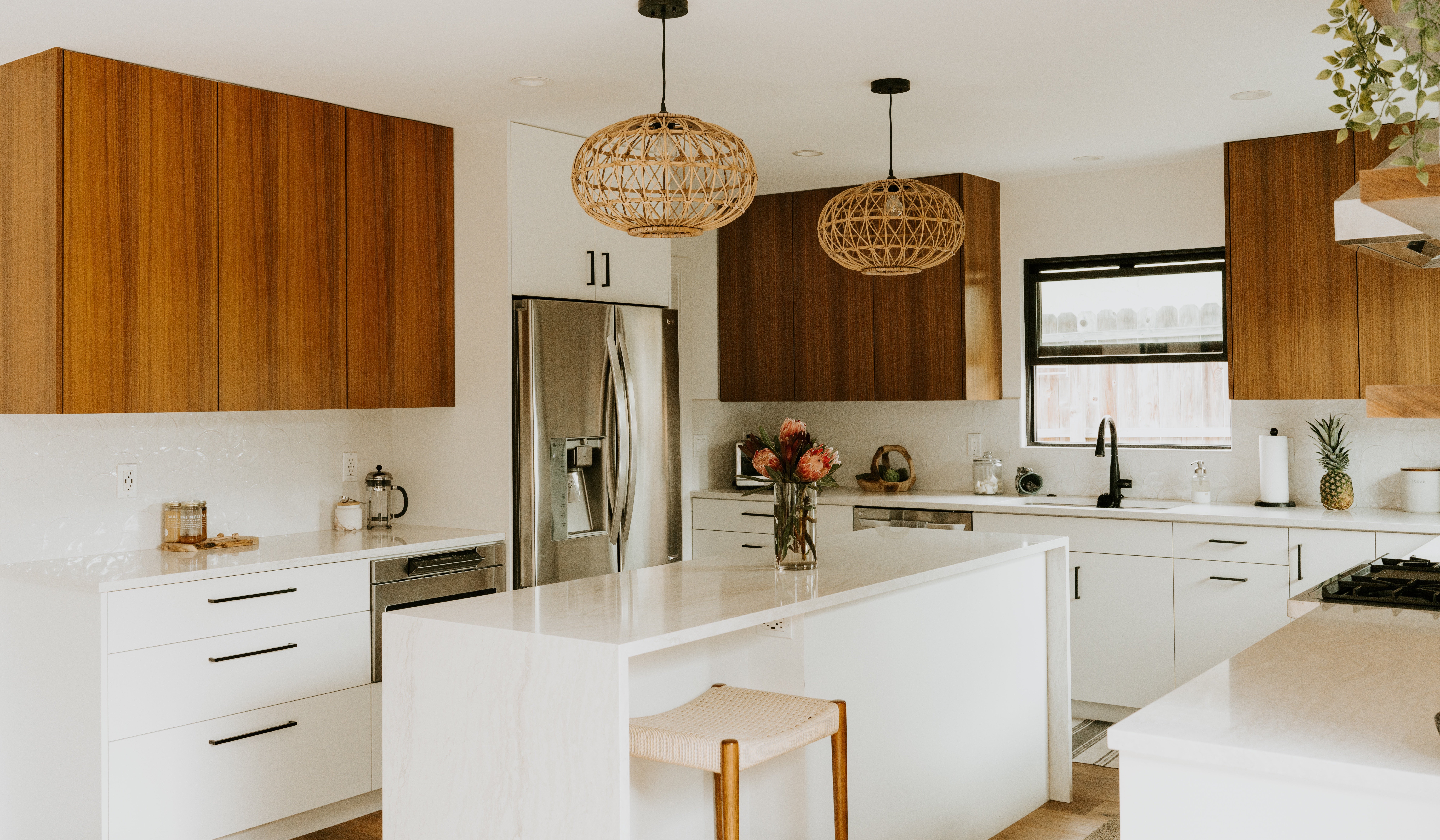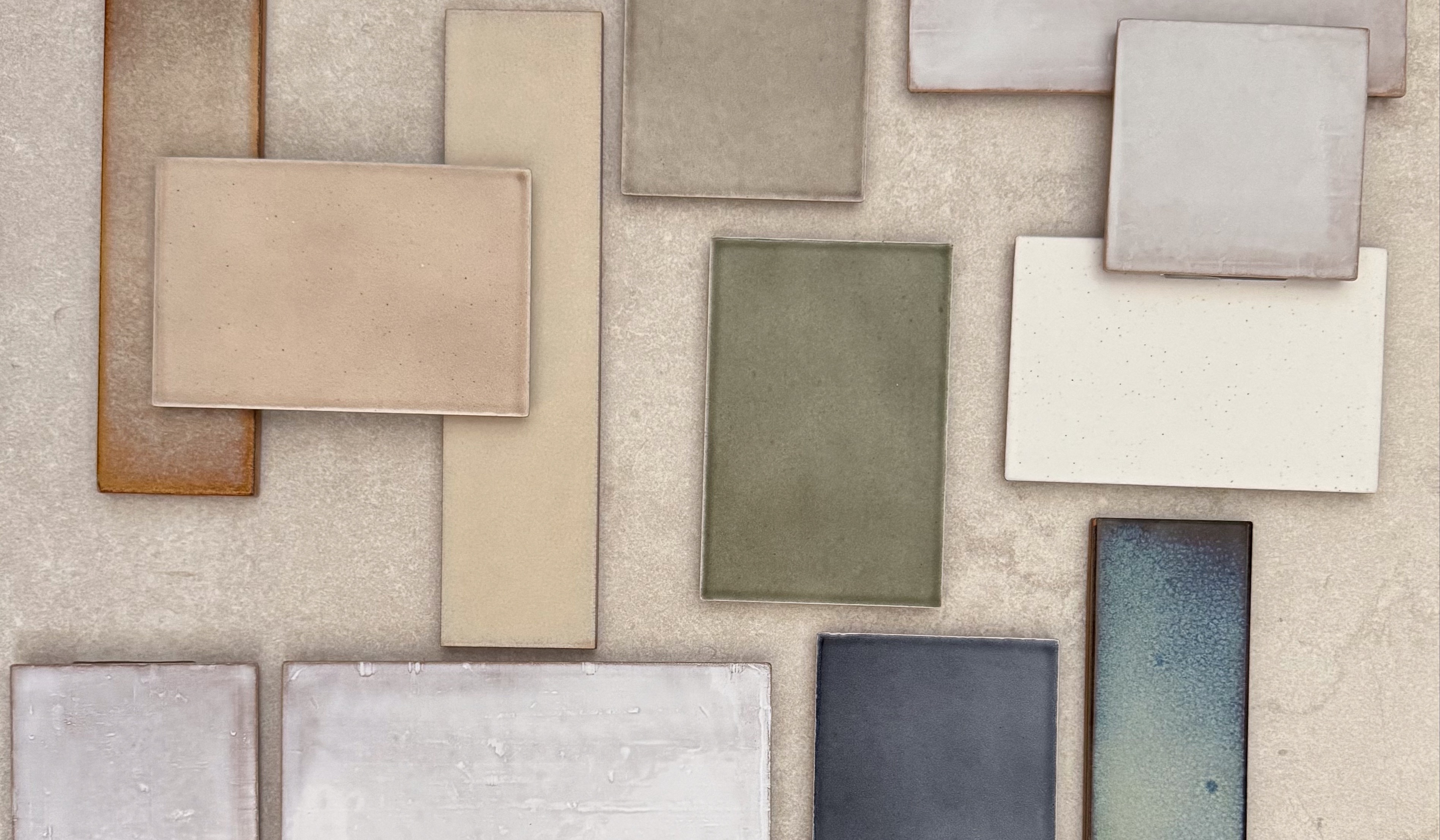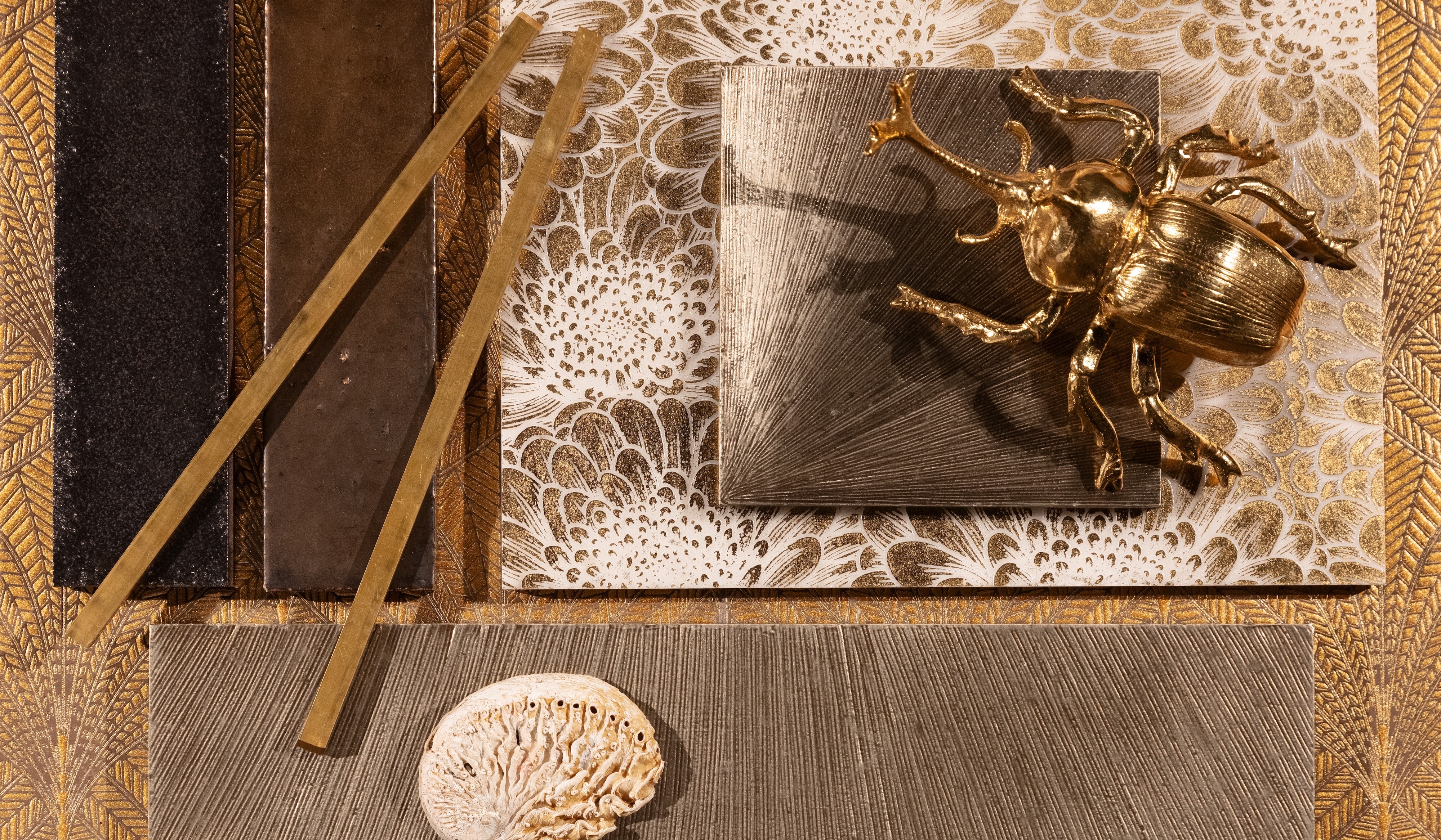Immerse yourself in the tranquil allure of Japandi style, where the minimalist charm of Scandinavian design meets the timeless elegance of Japanese aesthetics. Experience a seamless fusion of minimalist sophistication and timeless elegance that transcends borders and captivates the senses.
The rising popularity of Japandi design suggests that we will continue to see its influence grow in the years ahead. The strong presence of Nordic and Eastern influences at the Coverings 2024 show indicates a promising future for this design style, hinting at even more exciting developments to come.
Exploring the Roots of Japandi Style: A Cultural Fusion
Japandi style is a beautiful amalgamation of Japanese and Scandinavian design principles. This fusion of Eastern and Western styles is making waves in the design world, captivating enthusiasts and inspiring a new wave of creativity.
At its core, this unique aesthetic blends the Japanese concept of 'wabi-sabi,' which finds beauty in imperfection and transience, with the Scandinavian principle of 'hygge,' which emphasizes comfort and coziness. The result is a serene and harmonious interior that celebrates simplicity, functionality, and natural beauty.
Key Elements of Japandi Design
Japandi design is characterized by its minimalist approach, where every element serves a purpose and contributes to the overall tranquility of the space. Clean lines, neutral color palettes, and uncluttered spaces are hallmarks of this style. Furniture tends to be low to the ground, reflecting Japanese traditions, while the use of light wood and natural materials draws from Scandinavian influences.
Another key aspect is the integration of indoor and outdoor spaces. Large windows, sliding doors, and natural light play crucial roles in creating a seamless flow between the interior and the surrounding environment. Plants and greenery are also commonly used to bring a touch of nature indoors, enhancing the overall sense of calm and well-being.
Incorporating Natural Materials: Stone and Tile in Japandi Interiors
Natural materials are essential in achieving the Japandi look. Stone and tile, in particular, can add texture and depth to your interiors.
The Rêve d’Orient and Ensō Collections, known for their wabi sabi inspired designs, are perfect for this style. Both collections have an earthy and organic feel, embracing the perfectly imperfect, naturally chic, and authentic elements of Eastern Asian design.
Kintsugi tiles, showcase the beauty found in imperfections and repairs. Originating in the late 1400s, this technique involves repairing broken pottery with a special lacquer infused with powdered silver, gold, or platinum. Rather than concealing flaws, Kintsugi celebrates the cracks and fractures, honoring the unique beauty that emerges from adversity. This symbolic design philosophy adds depth and meaning to both your space and your daily life.
Textured stones and natural finishes are also integral to Japandi design. Think of warm color tones like soft grays, beiges, and muted greens that create a soothing atmosphere. These materials not only add aesthetic value but also enhance the tactile experience of the space, making it both visually and physically inviting.
Embrace the Japandi Aesthetic at Decorative Materials
If you're inspired to incorporate the Japandi aesthetic in your next design project, visit one of our Decorative Materials Colorado Showrooms. Our expert team can help you find the perfect tile or stone to create a serene and harmonious Japandi-inspired interior.
Let us guide you in selecting materials that embody the essence of both wabi-sabi and hygge, ensuring your space is both beautiful and functional.






.jpg)
